The main stages of internal website optimization
-
Yulia Portnova
Copywriter Elbuz

High-quality internal website optimization is the key to successful promotion. Many webmasters mistakenly believe that they can easily hide any internal optimization flaws thanks to bulk link buying. This method of promotion works worse every month, thereby forcing webmasters to improve the internal parameters of their resource. This is especially true for website promotion in Yandex, in which behavioral factors are the main nuance of ranking documents in search results.
In this article, we will try to consider the main factors of internal website optimization, which are suitable for both blogs and huge online stores.
- Choosing the Right Content Management System (CMS) Try to choose a CMS based on your needs and, thus, do not load your site with unnecessary elements. For home pages and blogs, free CMSs are suitable: Wordpress, Joomla, etc. For huge corporate sites, online stores or web 2. 0 projects, you should choose paid or self-written CMS. Be careful, order self-written CMS of trusted people and companies, otherwise you risk being left without proper technical support for your offspring;
- The choice of hosting should also not be left without attention. It is desirable that the servers are located as close as possible to your target audience - this will speed up the site and slightly increase behavioral factors. Users will not wait for the site to load for a long time and simply leave, thereby the resource will be rejected, and the document will rank worse;
- Quality content. In fact, there is no universal measure of content quality, because everything depends on the subject of the site. But the main parameters of high-quality content include: uniqueness (preferably not rewriting), structuredness, literacy of presentation. We should not forget about different sources of information: text, video, images. Practice has repeatedly shown that it is better to pay more and get an informative article than to buy 1000 uninformative texts for 2 kopecks, some of which will “hang out” on the last pages of the issue, and some will not get into the index at all;
- Usability. It should be understood that there is no universal rule for compiling usability. For online stores - this is one type of logistics, for blogs - a little different. But, as in the case of content, there are several simple and understandable rules: simple site navigation, access to any part of the resource in no more than three clicks, competent structuring of the resource. Usability can also include relinking (“breadcrumbs”, “similar articles”, “news”, etc. ) If you don’t know where to start creating usability on your resource, look at competitors and do the same, and only then add own "chips";
- Availability of a mobile version of the site. At the moment, the number of users who access the Internet using mobile platforms has exceeded PC users. This should be used to the maximum and the mobile version of the site is your way to increase traffic;
- social component. Be sure to integrate your site with all social networks - this will give an additional source of traffic and can greatly increase behavioral factors.
Following these simple rules, you will be able to gradually prepare your resource for further promotion without much difficulty. Good luck!
Save a link to this article
Yulia Portnova
Copywriter ElbuzWords are my tool in creating a symphony of online store automation. Welcome to my literary cosmos, where every idea is a star on the path to a successful online business!
Discussion of the topic – The main stages of internal website optimization
The main stages of internal website optimization
There are no reviews for this product.












.png)

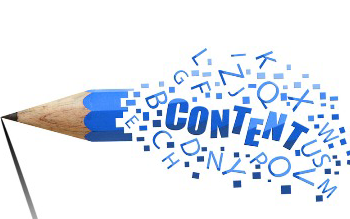
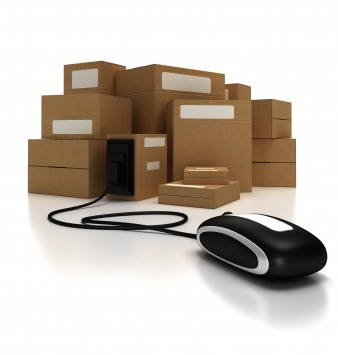
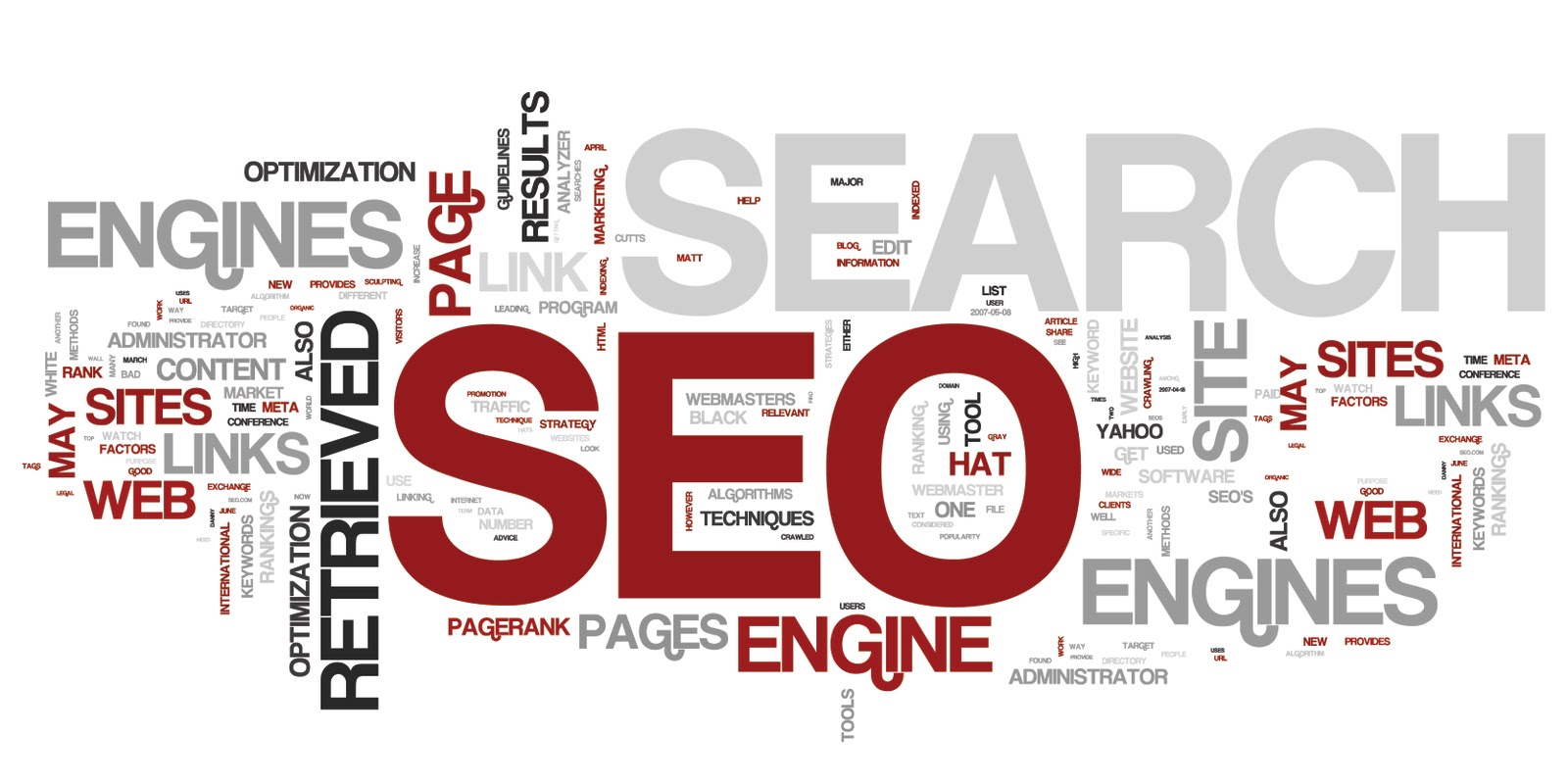
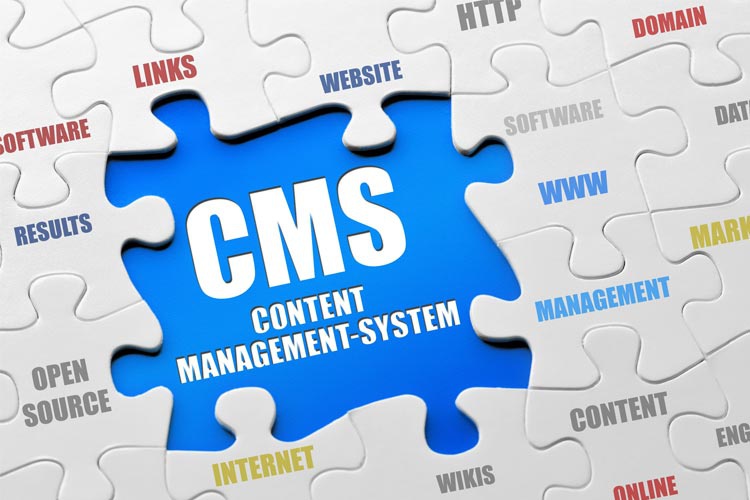



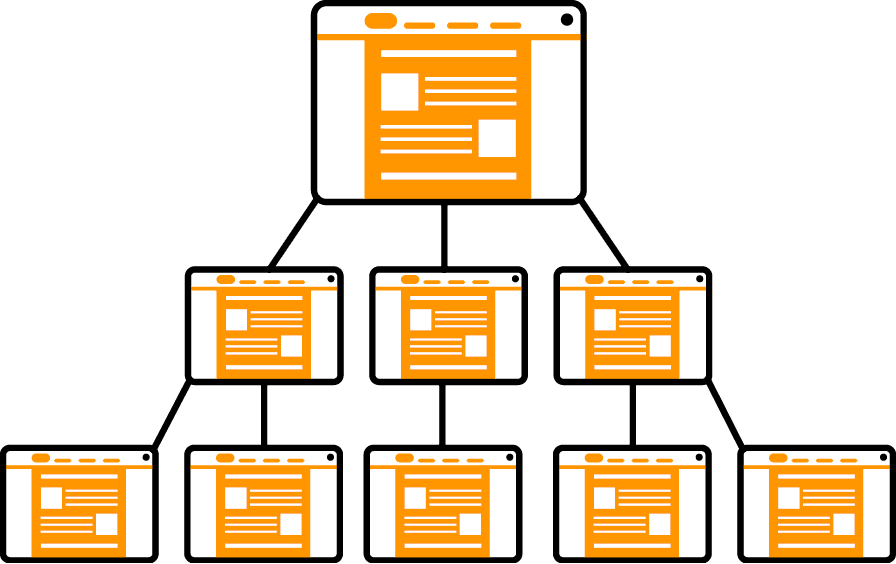
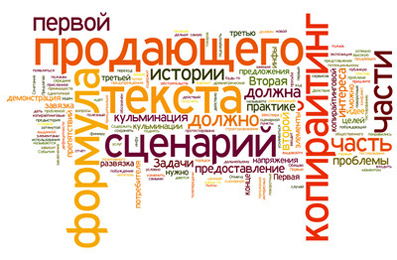
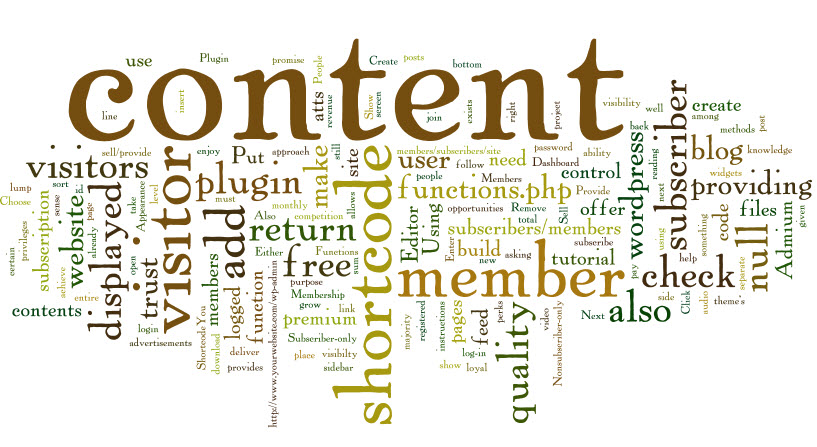
Write a comment
Your email address will not be published. Required fields are checked *